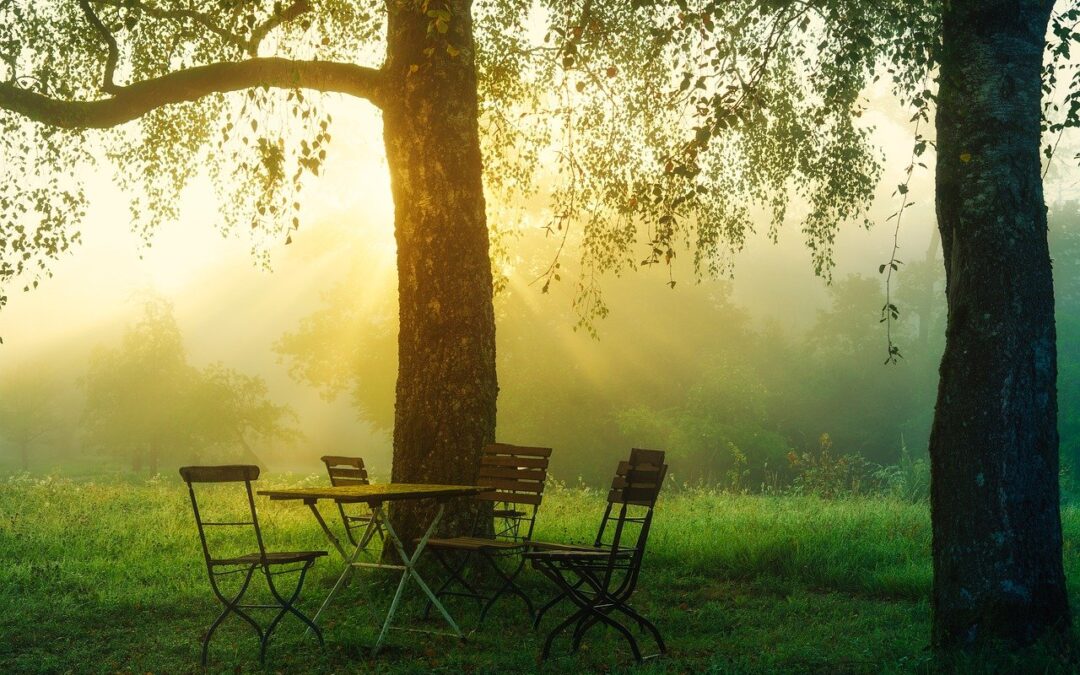Contents
- 1 Cultivating a Culinary Haven: A Comprehensive Guide to Landscaping Materials for Herb Gardens
- 1.1 Laying the Foundation: Sand and Gravel for Drainage
- 1.2 Mulch: Nature’s Nurturing Blanket
- 1.3 Stones and Pathways: Enhancing Aesthetics and Functionality
- 1.4 Soil Amendments for Nourishment
- 1.5 Fabric and Edging: Defining Boundaries
- 1.6 Water Features: A Touch of Serenity and Hydration
- 1.7 Raised Beds: Elevated Gardening for Optimal Growth
- 1.8 Success Stories: Testimonials from Triumphant Gardeners
- 1.9 Call to Action: Invest in Landscaping Excellence
Cultivating a Culinary Haven: A Comprehensive Guide to Landscaping Materials for Herb Gardens
TL;DR: Elevate your herb garden with the right landscaping materials for optimal growth, soil health, and aesthetic appeal. From sand for drainage to mulch for moisture retention, this guide equips you with the knowledge to create a thriving herb oasis.
Laying the Foundation: Sand and Gravel for Drainage
Sand and gravel provide essential drainage for herb gardens, preventing waterlogging and root rot. Sand, particularly coarse-grained varieties, improves soil permeability, while gravel acts as a subsurface drainage layer, channeling excess water away from roots.
Mulch: Nature’s Nurturing Blanket
Mulch, such as bark chips, shredded leaves, or compost, plays a multifaceted role. It conserves soil moisture, regulates soil temperature, suppresses weeds, and enriches the soil with organic matter. Choose organic mulch for nutrient-rich benefits.
Stones and Pathways: Enhancing Aesthetics and Functionality
Stones and pathways, apart from creating a tidy and visually appealing garden, serve practical purposes. They delineate walkways, prevent soil compaction, and facilitate access to herbs. Choose stones that blend with the garden’s design and complement the herbs’ colors.
Soil Amendments for Nourishment
Soil amendments, such as compost, manure, or bone meal, enhance soil fertility and provide essential nutrients for herb growth. Compost adds organic matter, manure provides nitrogen, and bone meal supplements phosphorus.
Fabric and Edging: Defining Boundaries
Landscape fabric prevents weeds from invading herb gardens, while edging defines garden beds, creating neat and organized spaces. Choose permeable fabric to allow water and air to reach the soil.
Water Features: A Touch of Serenity and Hydration
Water features, such as a small fountain or birdbath, add charm and tranquility to herb gardens. They also attract pollinators and provide a source of hydration for birds and beneficial insects.
Raised Beds: Elevated Gardening for Optimal Growth
Raised beds, constructed using materials like wood or metal, improve drainage and provide better access to herbs. They are ideal for small spaces, windy locations, or gardeners with mobility issues.
Success Stories: Testimonials from Triumphant Gardeners
“Using high-quality sand and mulch has transformed my herb garden,” says Sarah, an experienced gardener. “The herbs are thriving, and I spend less time watering and weeding.”
“I love the aesthetics of my stone pathway,” remarks John. “It’s not only beautiful but also keeps my soil from getting compacted.”
Call to Action: Invest in Landscaping Excellence
Don’t settle for ordinary herb gardens. Choose landscaping materials that not only beautify but also nurture your culinary companions. By investing in high-quality materials, you’re laying the foundation for flourishing herbs and a lifetime of culinary delights.

